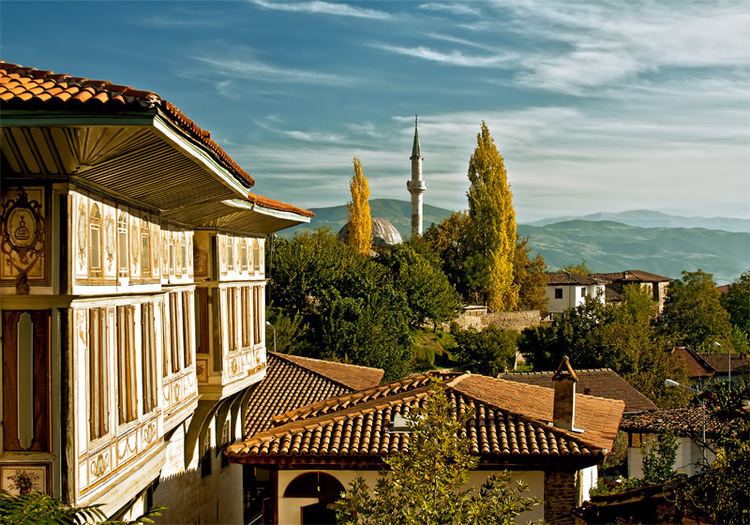District Ödemiş District Time zone EET (UTC+2) | Region Aegean Region Elevation 326 m (1,070 ft) | |
 | ||
Birgi is a small town located in the Ödemiş district of İzmir province in Turkey. Its current name is a distortion of its medieval Greek name, Pyrgion (Greek: Πυργίον, meaning "Little Tower").
Contents
- Map of Birgi Birgi Mahallesi 35750 C396demiC59F2FC4B0zmir Turkey
- History
- Bishopric
- Notable historic structures
- References
Map of Birgi, Birgi Mahallesi, 35750 %C3%96demi%C5%9F%2F%C4%B0zmir, Turkey
History
In antiquity, the town was known as Dios Hieron (Διός Ἱερόν, "Sanctuary of Zeus"). Dios Hieron was an ancient Greek city of Ionia. It belonged to the Delian League as is mentioned in records of tributes to Athens between 454/3 and 416/5 B.C. Moreover, an Athenian decree of 427/6 B.C. indicates that at that time venerated Hieron Colophon. The city is mentioned by Thucydides after Chios revolted against the Athenians, while Pliny the Elder says Dioshieronitans came to Ephesus to settle their legal issues. The city became part of the Roman Republic and the Roman province of Asia with the annexation of the Kingdom of Pergamon.
It was renamed to Christoupolis (Χριστούπολις) in the 7th century and was known as Pyrgion from the 12th century on. Pyrgion fell to the Turks in 1307, and became the capital of the beylik of Aydin. It was subsequently incorporated into the Ottoman Empire in 1390. Birgi is well known for its classic Seljuk and Ottoman architecture and has been listed as a World Cultural Heritage by ÇEKÜL (Protection and Promotion of the Environment and Cultural Heritage) since 1994.
Bishopric
The Roman Era city had an ancient Christian Bishopric attested as an episcopal see from at least 451, It was a suffragan of Ephesus, which it remained under until the late 12th century when it became a separate metropolis.
There are four known bishops of this diocese from antquity.
Today Dioshieron survives as titular bishopric in the Roman Catholic Church, so far the see has never been assigned.
